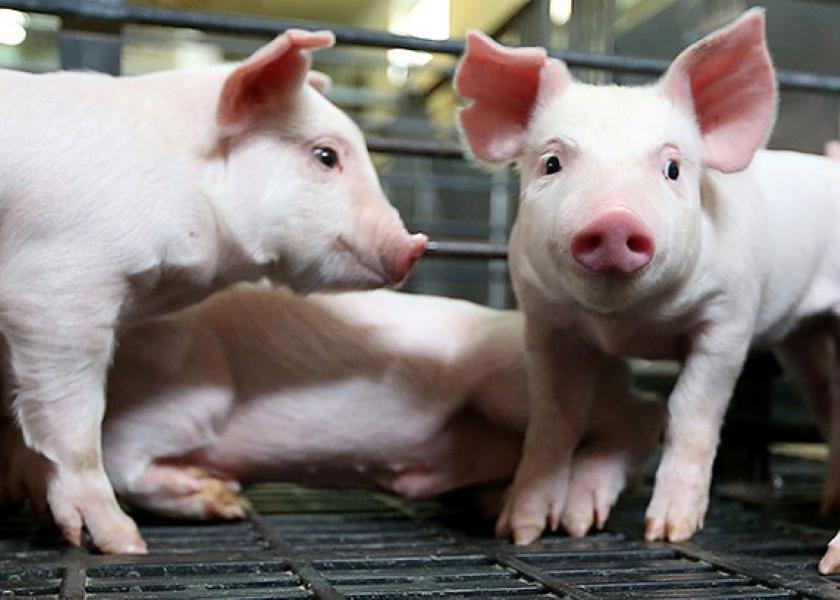Breeding Herd Reductions and Slow Trade Impact 2023 Global Pork Prospects, Rabobank Reports

Through 2023 thus far, it’s no secret that pork production has seen its challenges. According to Rabobank’s recent global pork quarterly report, even certain improvements struggle to help flip the narrative for the industry throughout the world.
Breeding Herd
Overall, breeding herd reductions across many countries aside from Europe and South Korea are slow, despite ongoing margin pressure and limited optimism for a quick turnaround in global trade, notes the report.
This is likely a result of continued growth by larger hog operations while smaller producers consolidate or exit the business—which also leads to the expectation for improved industry fundamentals in 2024 and adequate cash reserves, the report explains.
A slow response to limiting production may also be a result of overall industry optimism for lower raising costs and favorable pricing due to tightening of global meat inventories.
The report explains that many EU and UK producers have already downsized their herds due to regulatory pressures and African swine fever (ASF) related trade disruptions, removing 5% of the sow base in 2023. North America and China were modest in herd reduction in 2023 but are expected to accelerate in 2024 due to weaker market conditions.
Rising productivity and lower disease pressure may also offset a portion of the anticipated breeding herd reductions, potentially limiting the market impact of projected production cuts, notes Rabobank.
Input Costs
Following a successful harvest in the Northern Hemisphere, global grain and protein meal prices have decreased, reducing feed costs by 20% to 30% year-over-year in many countries.
The global inventories of corn are estimated to increase 5% from 2022, while soymeal stocks are projected to increase 13% YoY, Rabobank reports. The soymeal supplies continue to increase due to rapidly expanding crushing capacity, despite the growing demand for vegetable oil from the renewable fuels industry.
Meanwhile, in South America, planting is progressing well. However, the emergence of an El Niño weather pattern will be a focus of concern.
Overall, grain and meal prices are expected to remain lower, yet other rising costs—labor, insurance and financing—remain high for most producers.
Consumption
Pork remains a dietary staple and consumption trends remain stable, reports Rabobank, as consumers adjust to inflationary pressures. However, recent geopolitical events add further uncertainty in energy and financial markets, which could influence consumers in Q4 2023 and early 2024.
Pork consumption varies by region, notes the report, but is relatively steady across most markets.
In Europe, consumption has stabilized following a time of higher prices and lower availability, Rabobank reports, while high retail prices also weighed on North American pork consumption in 2023. Chinese and South Korean pork consumption over the recent holidays was disappointing, Rabobank notes, and may see more limited improvement in the near term.
Looking to 2024, Rabobank expects steady consumption to continue as a result of lower pork prices and the high cost of competing proteins.
Global Trade
Overall pork trade slowed in July and August compared to 2022, as costly EU pork exports and relatively high frozen pork inventories in many key importing countries weighed on demand, Rabobank reports.
Caution remains in many global pork importers given disappointing holiday demand, currency volatility and rising geopolitical risk. Trade saw double digit decreases in China, South Korea and the U.S. in August 2023, with only shipments to Canada and the UK showing increases, says Rabobank.
“For Q4 2023, we expect global trade to remain slow given large inventories and relatively high domestic production (and low pork prices) in key importing regions,” says the authors of the report. “Rising EU pork prices may also limit export volumes.”
Read More:
Pork Producers Navigate Challenges With Record Productivity, Rabobank Report Reveals
New Funding Aims To Fuel Growth In U.S. Meat Markets Worldwide
China Live Hog Price Plunges on Rising Disease, Growing Supply







